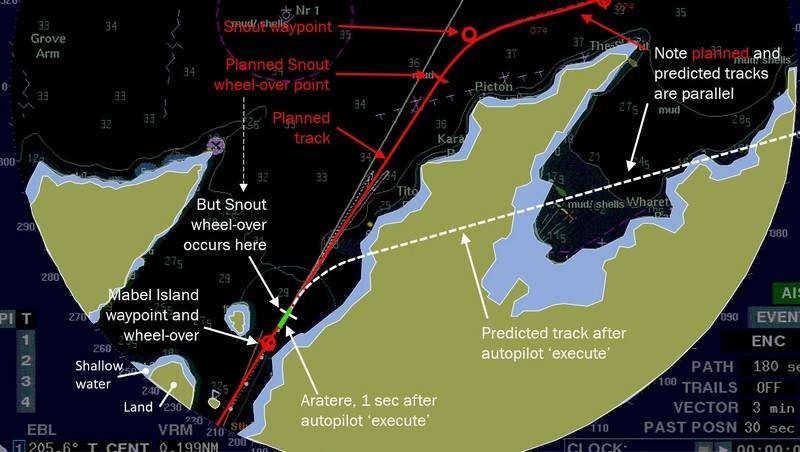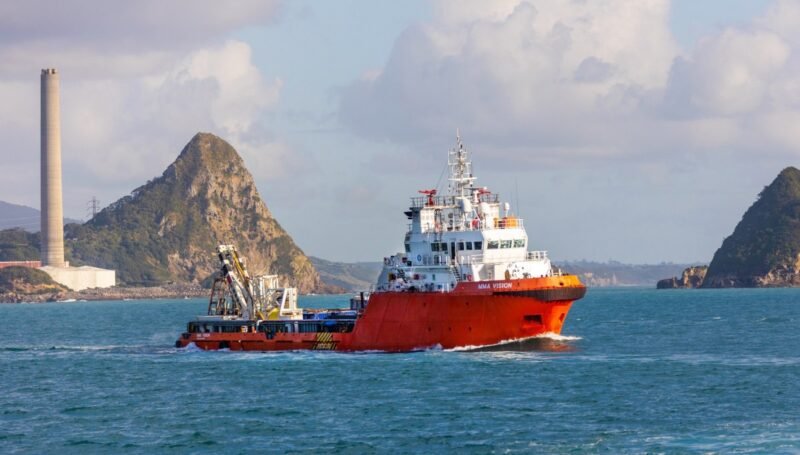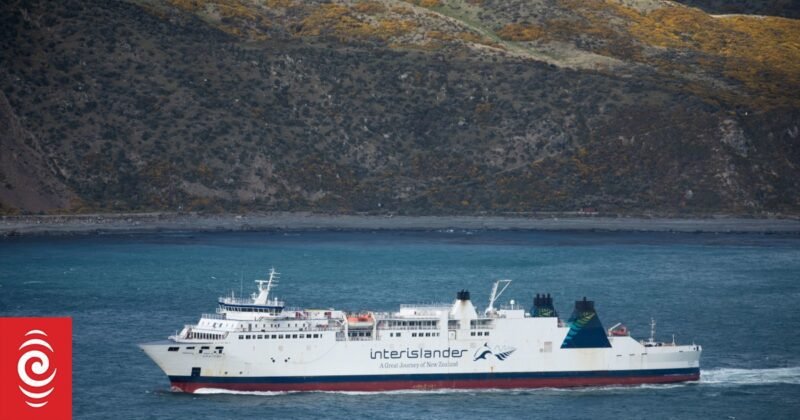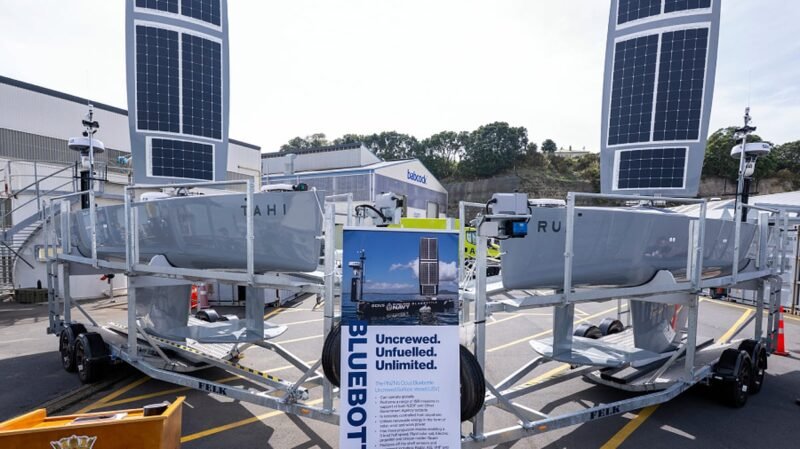The Transport Accident Investigation Commission (TAIC) of New Zealand has released an interim report on the grounding of the passenger ferry Aratere in Titoki Bay, Picton, on June 21, 2024. The report highlights a lack of knowledge about the new steering system that was installed on the vessel, which led to the incident. The ferry had recently undergone upgrades, including a new steering control system, but the bridge team was not fully aware of how to operate it effectively.
During the fateful sailing from Picton to Wellington, the bridge team encountered issues with the autopilot system, which resulted in the vessel veering off course towards the shore. Despite attempts to regain control by the helmsman and other crew members, the ferry remained under autopilot control and ultimately ran aground. The incident caused damage to the vessel’s internal structure, particularly the bulbous bow, but fortunately, there were no injuries reported.
Following the grounding, authorities worked to refloat the Aratere using harbour tugs, and TAIC launched a comprehensive investigation to determine the root causes of the incident. The Commission is currently gathering evidence from various sources to piece together the sequence of events leading up to the grounding. Once the investigation is complete, TAIC will issue a final report with recommendations to prevent similar accidents in the future.


















